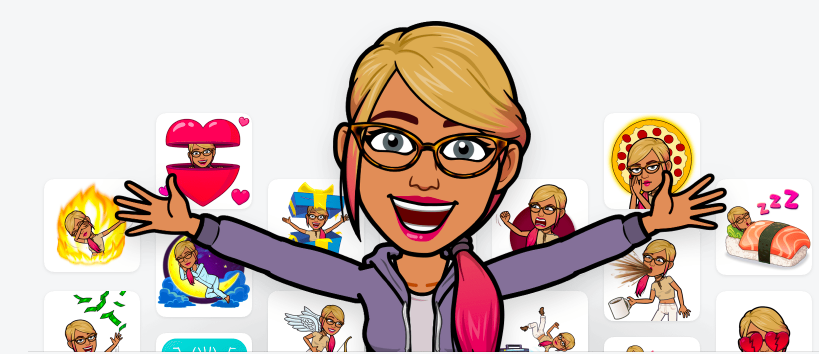From the billboards across the block to the mass-produced images plastered online, advertisements dominate every aspect of our lives. Social media brought a new way for companies to track google searches, creating increasingly personalized (and invasive) ads. For years, these were the methods companies used to promote their brand. But now, some industries are showing that there may just be a better option: DTA.
With customers beginning to imagine a new world, it is clear that traditional industries must adapt.
DTA is an innovative technique that is allowing technology to gain another place in advertising. DTA, or Direct to Avatar, is the process of selling digital products directly to an online presence (aka an avatar), as opposed to a physical presence. Customers can now purchase expensive outfits – such as Chanel – for their digital selves on familiar games like Sims. While providing a taste of luxury to their customers, companies can understand the types of products the market and consumers want. What’s more is that all this is possible without the expenditure of traditional advertising methods, such as photographers and excess production.
A common use of DTA is in gaming, often seen as the favorite pastime of teenagers. Studies have shown how these teenagers value opportunities for individual expression, and DTA does just that. Platforms like Fortnite now allow users to buy products – such as clothes and weapons – for their online avatars. Customers are encouraged to express themselves beyond just their actions, allowing them to truly see themselves on their screens. As we spend more time at home during the pandemic, direct-to-avatar has boomed.
One of the earliest companies to join this trend was Bitmoji. The company was founded in 2007 to help users design their own emojis by customizing details such as skin tone, hairstyles, face shapes. These avatars can then be used in place of traditional emojis and stickers, especially on Snapchat. It has – quite frankly – gripped our GenZ Companies – such as Vans, Nickelodeon, Ralph Lauren, and Major League Baseball (MLB) – which have grabbed onto the platform, releasing designs for users to customize their digital closets. These initiatives allow brands to feel accessible to the next generation of buyers by marketing in a way that is exciting and accessible to this demographic and thus ensuring they have a market for several years to come.
Established fashion houses are also on board. Unlike Bitmoji and its partners, Burberry has a fresh take on the emerging DTA business model. In 2019, the brand released B Surf, a game to highlight their latest designs. Players can customize their characters in their favorite Burberry designs. Avatars race against each other, surrounded by additional Burberry promotions. Underneath the gaming screen, users can buy clothes with the patterns they choose in the game. The advertisements no longer feel invasive but rather a path into an interactive and personal experience. And, Burberry isn’t alone in this transition.
Just last month, Gucci joined Burberry in releasing a new option for sportswear on Tennis Clash, an online tennis game. On this version, customers can purchase unique Gucci products that allow them to play in special tournaments. It is clear the company can now promote its freshest products with comparatively less investment than traditional methods.
Ryan Gill and Toby Tremayne have harnessed the growth of DTA to create a world beyond our physical planet, quite literally. Crucible – their company – provides the tools for developers, players, and partners to invest in the transition to an open metaverse. Conceptually, Crucible aims to allow users to have the same digital avatar over multiple platforms. Companies like Fortnite, Bitmoji, Burberry, and Gucci have all helped spark the development of a metaverse, but Crucible believes it is time to share the resources with a broader audience. They claim that this future would protect the benefits of social media while introducing new layers of protection by reducing bots, trolls, and other forms of harassment. All of which may be possible with more investment into DTA.
With customers beginning to imagine a new world, it is clear that traditional industries must adapt. For younger generations living in this era of technology, ensuring that their online personas are exact (if not better) replicas of their physical selves is an essential aspect of social media. As more companies jump on the bandwagon, DTA is only going to become more powerful.



